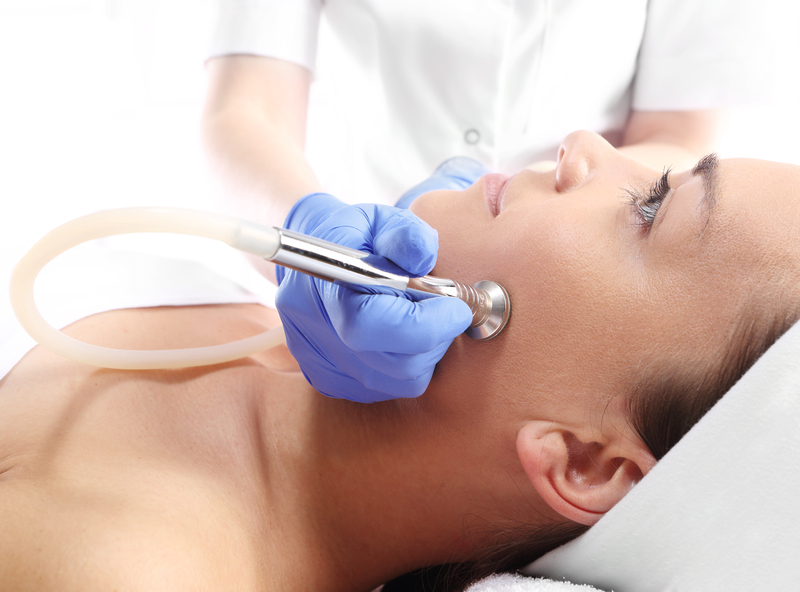After experiencing a lackluster performance in 2013, the professional skin care market in Europe shows signs of recovery, posting a 5% average growth through 2015. An increasing number of consumers embracing healthier lifestyle choices and spending more on wellness and fitness has had a positive impact on take-home and in-salon treatments, which have been on the rise.
Germany and the United Kingdom continue to be market drivers, while southern countries, such as Spain and Italy, which posted sharp declines in 2013, have also begun to turn around. The Russian market remains strong despite the country’s political and economical crisis.
As seen traditionally, facial skin care remains the foremost concern in 2014 and within that, anti-aging and skin hydration are the top needs in 2014. At the same time, body care products are also poised for growth in Europe, especially in northern countries, such as the United Kingdom and Germany. Southern countries like Italy and Spain are already very advanced with body care products, with some notable examples being Decleor Aroma Nutrition Body Care Range, the recently launched TechnoLED range from Carita, and Body Strategist from Comfort Zone.
China is another market that has started to pick up, recording an average growth of about 5% in 2014 after a slowdown in 2013 due to overall macro-economic factors, such as a slowing economy and stringent regulatory changes.
Anti-aging serums remain popular in China as in other international markets, while brightening products and masks and peels continue to be favoured here. In addition, products that help treating and preventing rosacea and hypersensitivity are growing rapidly in this market due to the adverse effects of increasing air-pollution. Some notable product launches in this category are Whitening Facial Cleanser and Whitening Active Toner by Chlitina, Serene Treatment Daily Lotion from Amitabha and Bio Anti-Sensitive Sunscreen by Natural Beauty. These products not only focus on rosacea and hypersensitivity, but also have extra functions such as whitening and sun damage.
As in Europe, the medical channel is the fastest growing in China as well and the least affected by the economic slowdown as the number of medical care institutes and cosmetic procedures performed grow at a double-digit rate in 2014. To learn more about the professional skin care market in Europe and China, as well as other promising markets, refer to Kline’s soon-to-be-published Professional Skin Care Global Series —a three volume report covering the professional skin care market in Europe, China, and the United States, offering in-depth insights on the market size and growth, new product launches, key changes in distribution, and the competitive landscape.

